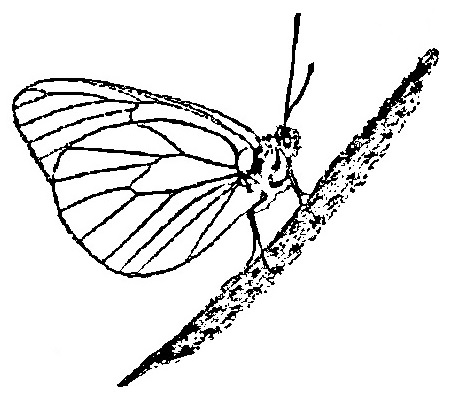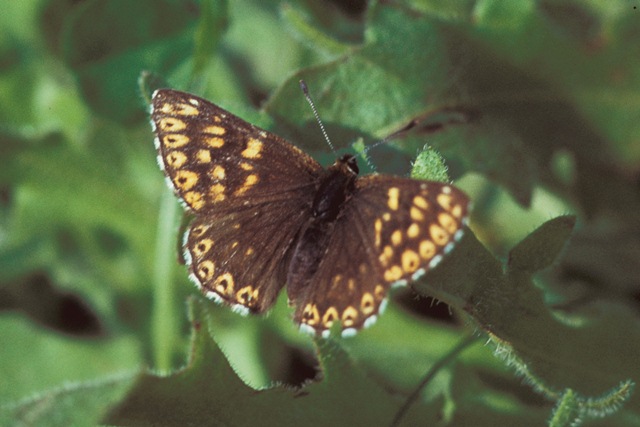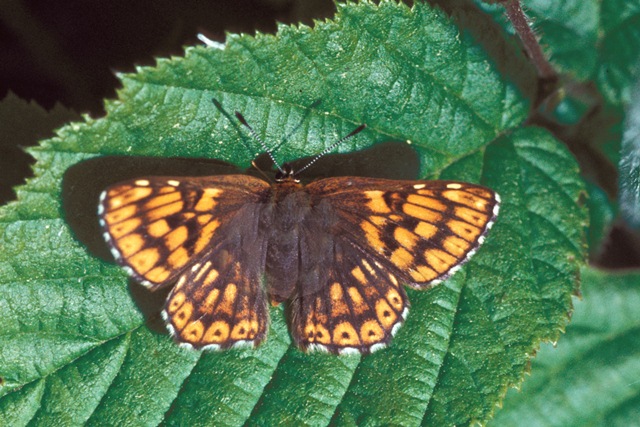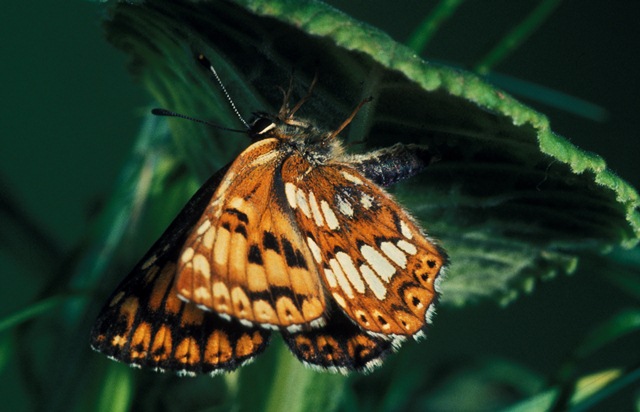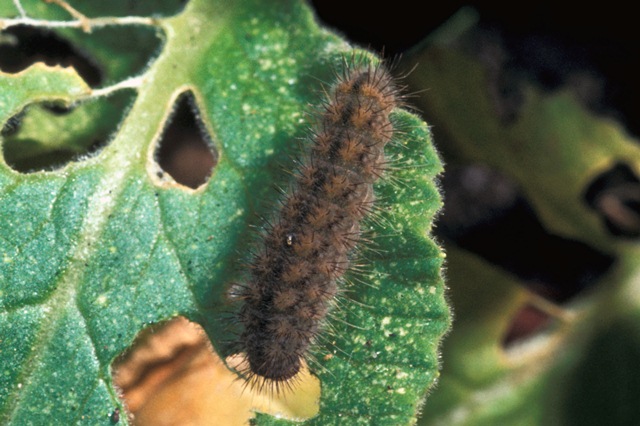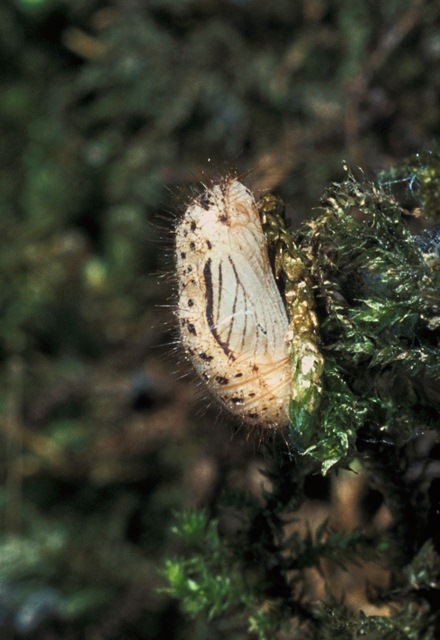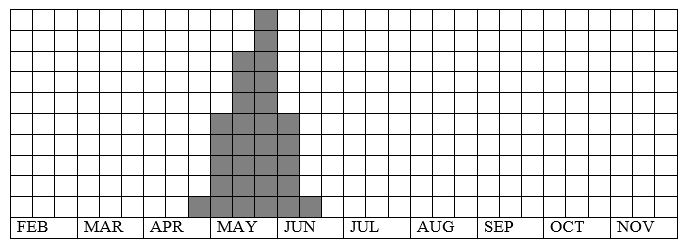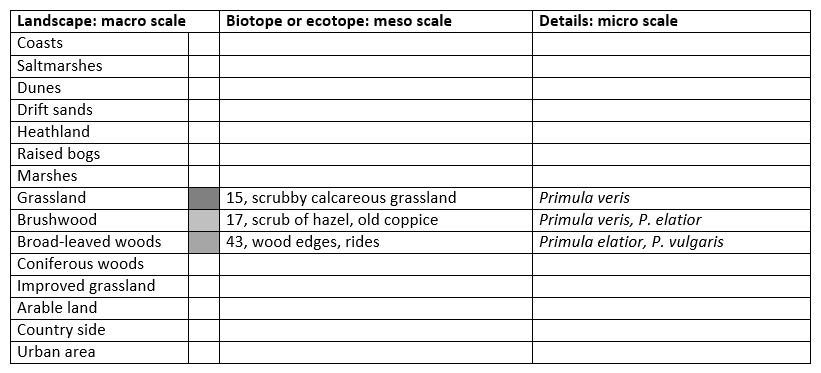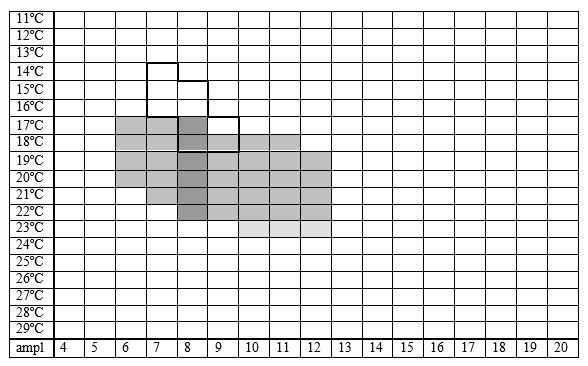| Home
V.V.E. | Dagvlinders | Synopsis | Acknowledgements | Content | General Chapters | Monographs | Appendices | Additions | Sources | Index | |
|
30. Hamearis lucina (Linnaeus, 1758) / Duke of Burgundy fritillary / Riodinidae – Riodininae NL: sleutelbloemvlinder / D: Brauner Würfelfalter, Schlusselblumen-Würfelfalter, Perlbinde / F: lucine, faune à tache blanches Small, wing length 15 (14-16) mm. In the Benelux the species occurs in the south of Belgium and Luxemburg in warm places, mostly in thickets of hazel on the edges between wood or scrub and chalk grassland. Adults are on the wing from early-May until early-June, the species occurs in mild-maritime climate to mild continental climate, amplitude 6 to 12, the required heat sum is 750°d and the tolerated one 1800°d, which corresponds with climate windows of 24 and 35 weeks. This species belongs to the family Riodinidae and it is the only European representative, whereas in North-America there are twenty (Scott 1986: 348-355, the metalmarks) and in South-America several hundreds, with many of them with well-developed myrmecophilous organs; whereas H. lucina has no trace of them.Ecological characteristics Behaviour over time Behaviour in space Defence Feeding habits Larval foodplants Journal Table 30-1. Results of dissections Table 30-2. Collection and observation localities B, Nîsmes, (Tiènne-Breumont) 215 m, 50° 04’ 40”N – 4° 32’ 35”E; 28 May 1982. Fig. 30-1. Hamearis lucina, phenogram adapted from Fichefet et al. 2008: 111. Fig. 30-2. Hamearis lucina, habitat characteristics. Fig. 30-3. Hamearis lucina, climate matrix, heat-sums 750 - 1800°d.
|
||||||
|
Contact Werkgroep Dagvlinders: Jurgen Couckuyt |

